Perhaps more than ever, today’s brands understand the value of using high-quality commercial photography in their marketing materials, whether they’re posting on Instagram Stories or publishing a magazine spread. In fact, according to research from HubSpot, marketers find photo and image posts to be the most successful at engaging their audiences on social media, beating out influencer posts, video posts, user-generated posts, text-based posts, and more.
In the last year, as photographers have set their sights on expanding their businesses and diversifying their income, interest in commercial photography and image Licensing has remained high among established pros as well as industry newcomers. By submitting your photos to a platform like 500px, you can get them in front of buyers around the world, each of whom is searching for assets to use in their marketing.
In an increasingly popular and saturated industry, success often means going the extra mile to stand out among the competition. Today’s market is competitive, and it often takes time and effort to see results, but there are a few things you can do right off-the-bat to boost your chances of success. In this article, we’ll share our top tips and tricks for building and promoting your Licensing portfolio.
Tip #1: Approach Licensing as a long-term investment
As we’ve mentioned in the past, it can take months of consistently uploading photos before you make your first sale, so it’s important to set realistic goals and expectations from the onset. In today’s saturated market, it takes time for photos to start surfacing in buyer searches, so don’t feel discouraged if your photos don’t sell right away. Keep shooting and uploading, and consider promoting your Licensing portfolio on social media to attract more eyeballs.
Browse the 500px collection on Getty Images, and you’ll find that many of the top search results were created years ago but speak to timeless themes, including landscapes and nature, food, travel, adventure, animals, and family. Similarly, photos illustrating evergreen subjects like lifestyle, business, and the environment can sell again and again, gaining momentum and ultimately generating passive income.
Over time, photographers like Cristian Negroni, Denis Ganenko, and Marcia Fernandes—all of whom appear in a search of the “most popular” 500px photos on Getty Images, have built up Licensing collections of hundreds, if not thousands, of pictures. Your first shoot might not be a best-seller, so give yourself at least a few months to a year to find your niche and see what works.
Tip #2: Track the trends
While timeless photos will form the foundation of your Licensing portfolio, it’s equally important to create timely, of-the-moment images that speak to current marketing trends. You can start right here on the 500px blog, where we regularly share insights on what buyers are looking for in real-time. Another resource is Visual GPS from Getty Images, where their Creative Insights team publishes regular trend reports on topics ranging from skin positivity in beauty photography to sustainable practices in business.
Remember also to look at how your favorite brands use visual marketing in their campaigns, and take note of the kinds of images they chose to use on their websites and social feeds, print campaigns, and television commercials. You might start to notice patterns, like trending colors or emerging aesthetics, that can help you create mood boards and shot lists for upcoming shoots.
Tip #3: Keep a calendar
In 2020, retailers rolled out their holiday campaigns earlier than ever, with leading brands ranging from Target to Macy’s starting in October. In today’s market, perhaps it’s more important than ever for commercial photographers to shoot ahead of the calendar and anticipate buyers’ needs. When shooting seasonal content, have your photos ready and uploaded before brands start looking.
The winter holidays, Valentine’s Day, Easter, Graduation, Back-to-School, and Halloween account for some of the top seasonal shopping events, so mark your calendar. Plan your shoots several months in advance, and don’t be afraid to get creative. Maybe you set up a Christmas-themed shoot when it’s still warm outside, using wardrobe styling and propping to create the illusion of cold weather, or perhaps you create Mother’s Day or Father’s Day photos with your family indoors in the winter.
Tip #4: Know what to avoid
One of the most frustrating Licensing experiences is having a photo declined for intellectual property or copyright issues, but the good news is that these pitfalls can easily be avoided with a little forethought. Intellectual property restrictions in commercial photography cover everything from artwork in the background of your shots to labels on props and logos on clothing, so pay attention to those details when styling and propping your shoot.
If you do have intellectual property or private property in your shot, including interiors and exteriors where the building is a main focus of the photo, you’ll need a property release to license your images for commercial use. You also need a model release for any recognizable person in the frame, so remember to get those details ironed out with your team before the shoot.
Another thing to keep in mind when sourcing props is that certain items, like single-use plastics (e.g., shopping bags, disposable water bottles, coffee cups) and cigarettes, have negative connotations in today’s marketplace, where sustainability and wellness continue to be top priorities among brands and consumers. You can always replace these items with props that illustrate living an environmentally-friendly or health-conscious lifestyle, such as reusable tote bags or trendy CBD skincare products.
Tip #5: Keep it natural
According to research from Getty Images, representation is important for three in five consumers, but at the same time, 79% say that brands need to do a better job of capturing people’s true lifestyles and cultures. We want to see ourselves reflected authentically in advertising, and in recent years, this push for relatability has reshaped the way brands communicate visually.
A decade ago, commercial stock photography libraries might have sold cheesy, posed photos of people with fake smiles, but today, we’re witnessing an era of realism and transparency, and that translates to more authentic, documentary-style photos. In 2020, research from Getty Images revealed that searches for “real people” had increased by 115% year-on-year. You don’t need to hire professional models or rent a studio to create marketable images; you can shoot at home with family and friends, capturing the reality of their everyday lives.
In a similar vein, it’s best to keep your edits natural and avoid adding any obvious or unrealistic filters or effects, including converting to black-and-white or using HDR. Some basic color correction and cloning to remove spots or logos will do the trick; for more post-processing tricks, be sure to check out our article on best practices for commercial photographers.
Tip #6: Change your perspective
In commercial photography, variety is essential, so on every shoot, get a range of perspectives. Rather than shooting from eye-level the whole time, crouch down or create some overhead images. Shoot wide to capture the larger landscape or scene, and then focus in on smaller details like a person’s face or hands. While on location, move around your models to capture them from different angles.
One of the most common reasons for photos to be declined for commercial Licensing is that they’re too similar to one another, so challenge yourself to mix it up on set and vary your framing from shot to shot. Creating a shot list and sharing it with your models in advance can help you stay on track and boost the volume of your shoot, but you should also stay open to new, creative ideas as they arise on set.
Tip #7: Finesse your metadata
Without metadata, your photos can’t be found and licensed, so remember to add titles, descriptions, keywords, and location information. With titles and descriptions, keep it literal; describe who’s in the photo, what they’re doing, and where they’re doing it. Accurate and straightforward information, including the city, province/state, and country where the photo was made, will help it surface in relevant buyer searches, boosting your sales potential.
Keywords are where you can get a little more creative with both literal keywords (who, what, where) and conceptual keywords that describe the emotions or ideas behind your photos. “The first ten keywords are the most important and should include the most essential information,” the 500px team tells us. “These keywords are more heavily weighted in searches and can help determine your photo’s saleability.”

Where relevant, it can also be helpful to add keywords relating to timely concepts like sustainability, wellness, or technology to connect with themes that buyers are actively searching. The important thing is to be specific, thorough, and accurate, as incorrect keywords can actually harm your Licensing potential.
Tip #8: Bring your camera everywhere
While it’s always helpful to plan your shoots, a simple walk with the dog, camping trip with your family, or brunch with friends can pose opportunities for natural, relatable photos. Whether you carry a DSLR in your backpack or rely on the smartphone in your pocket, remember to keep your eyes open throughout your daily life for great pictures.
The best-selling photos on 500px were created almost everywhere you can imagine, from a waterfall in Iceland to a lake in Myanmar, the mountains of Slovenia to the streets of Auckland. Some were created in the photographer’s house or a local neighborhood cafe. You never know when you’ll encounter the perfect light and a photogenic scenario, so stay ready.
Not on 500px yet? Click here to learn about Licensing with 500px.



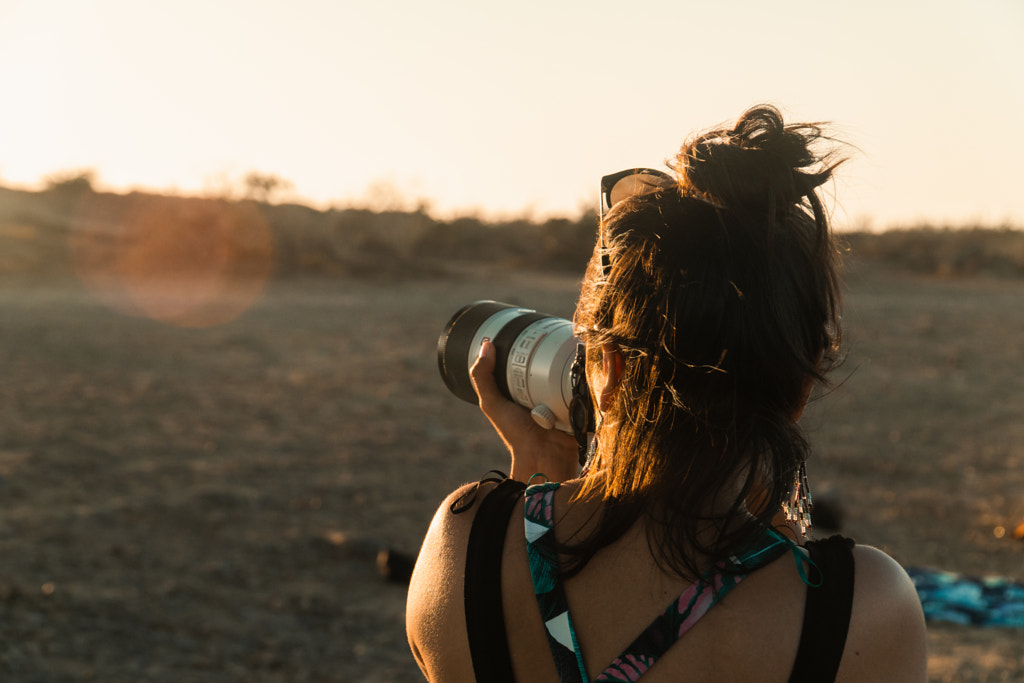
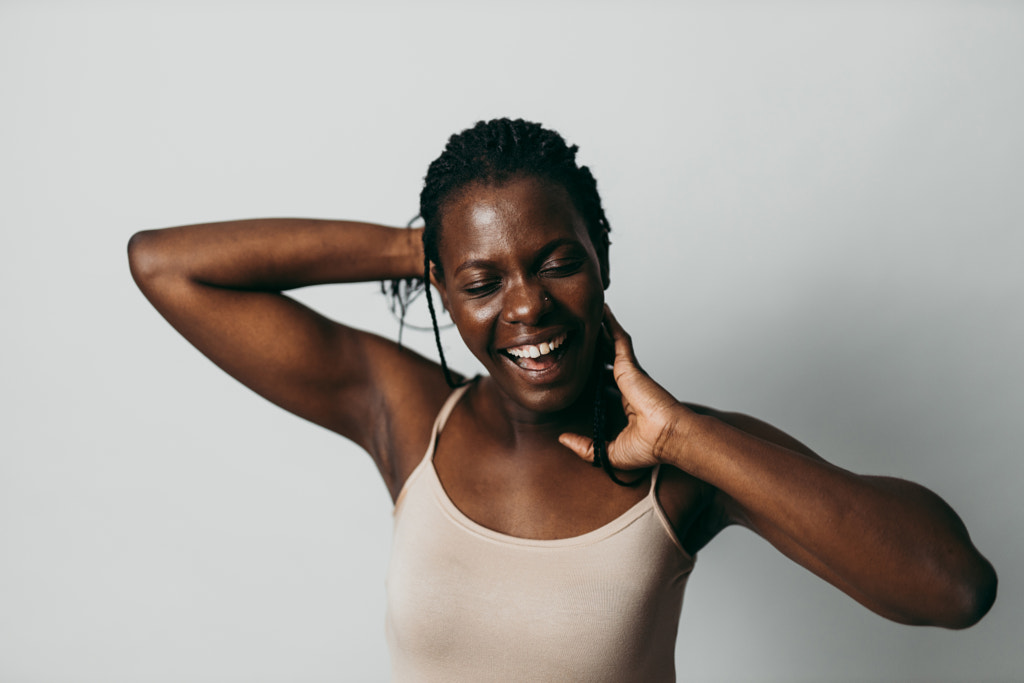



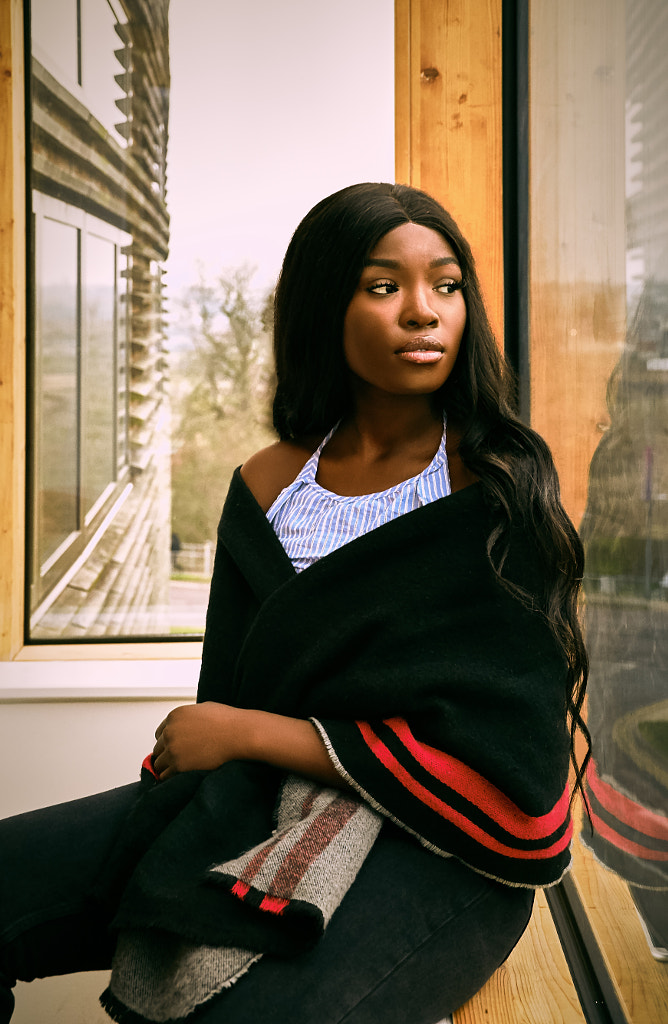
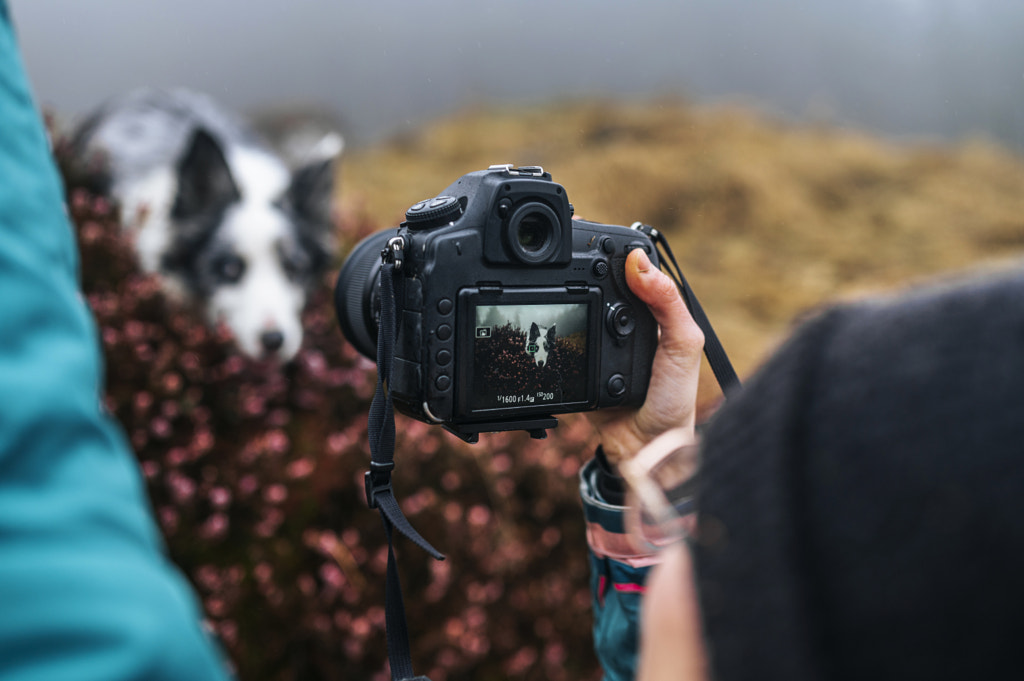
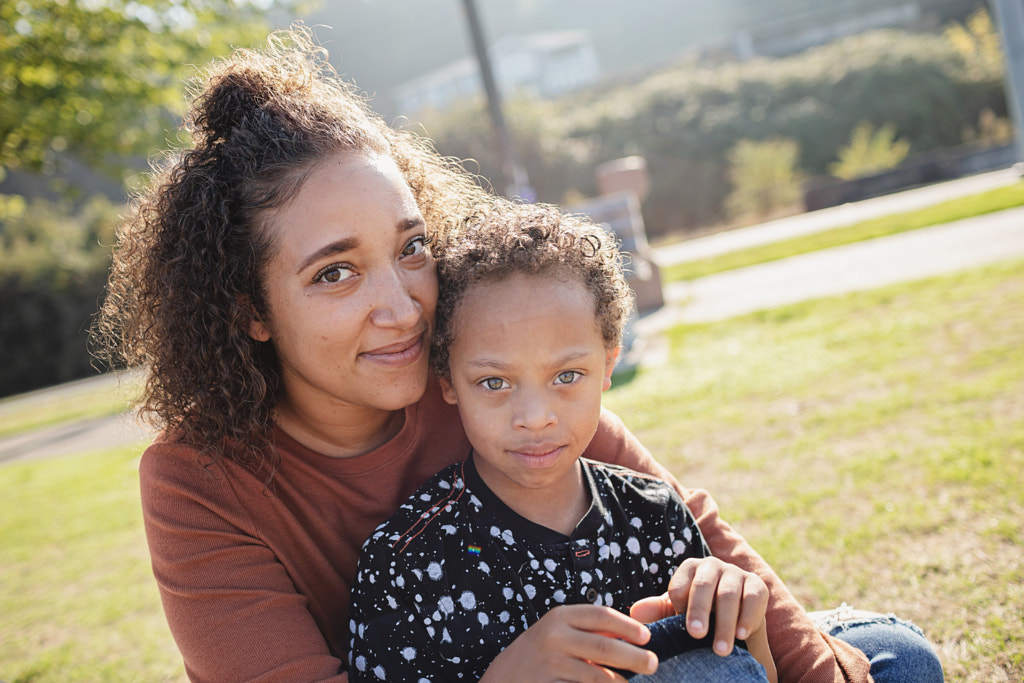


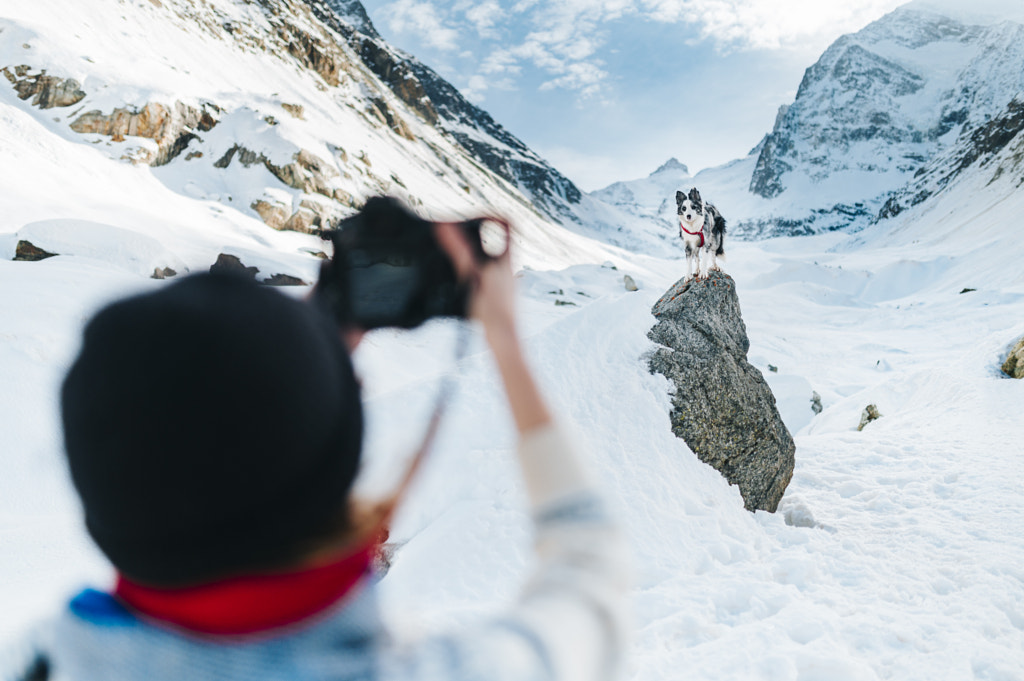

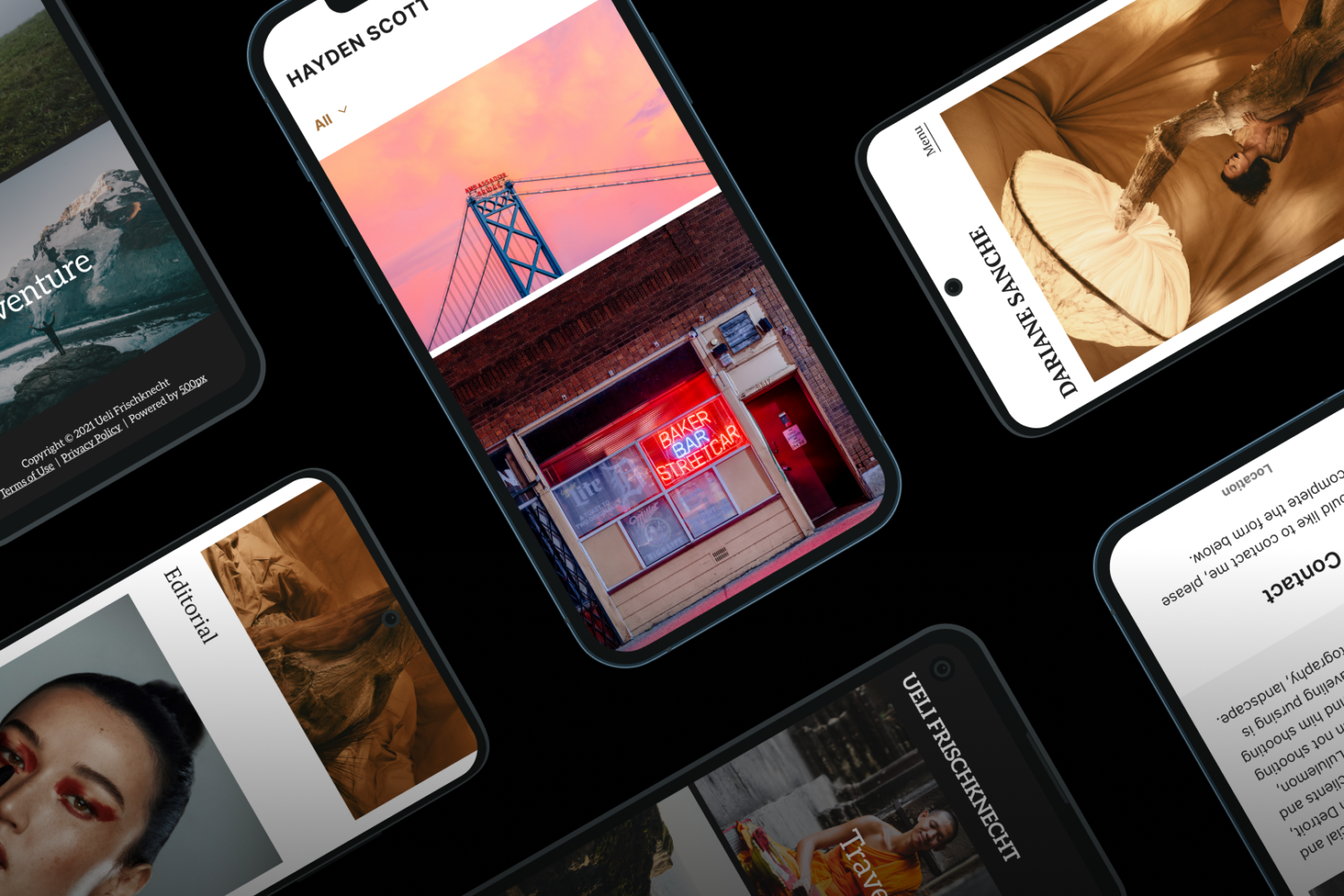



Leave a reply